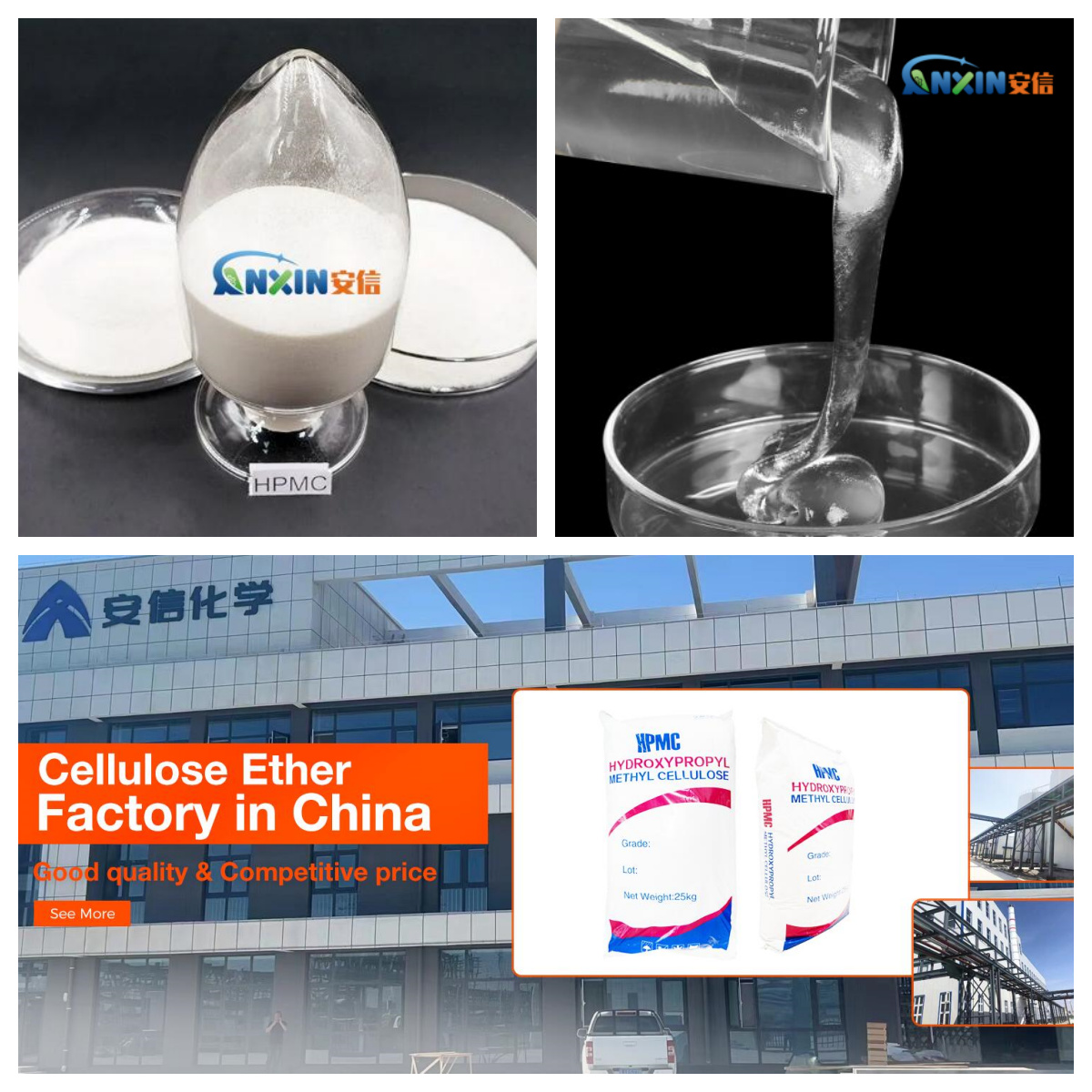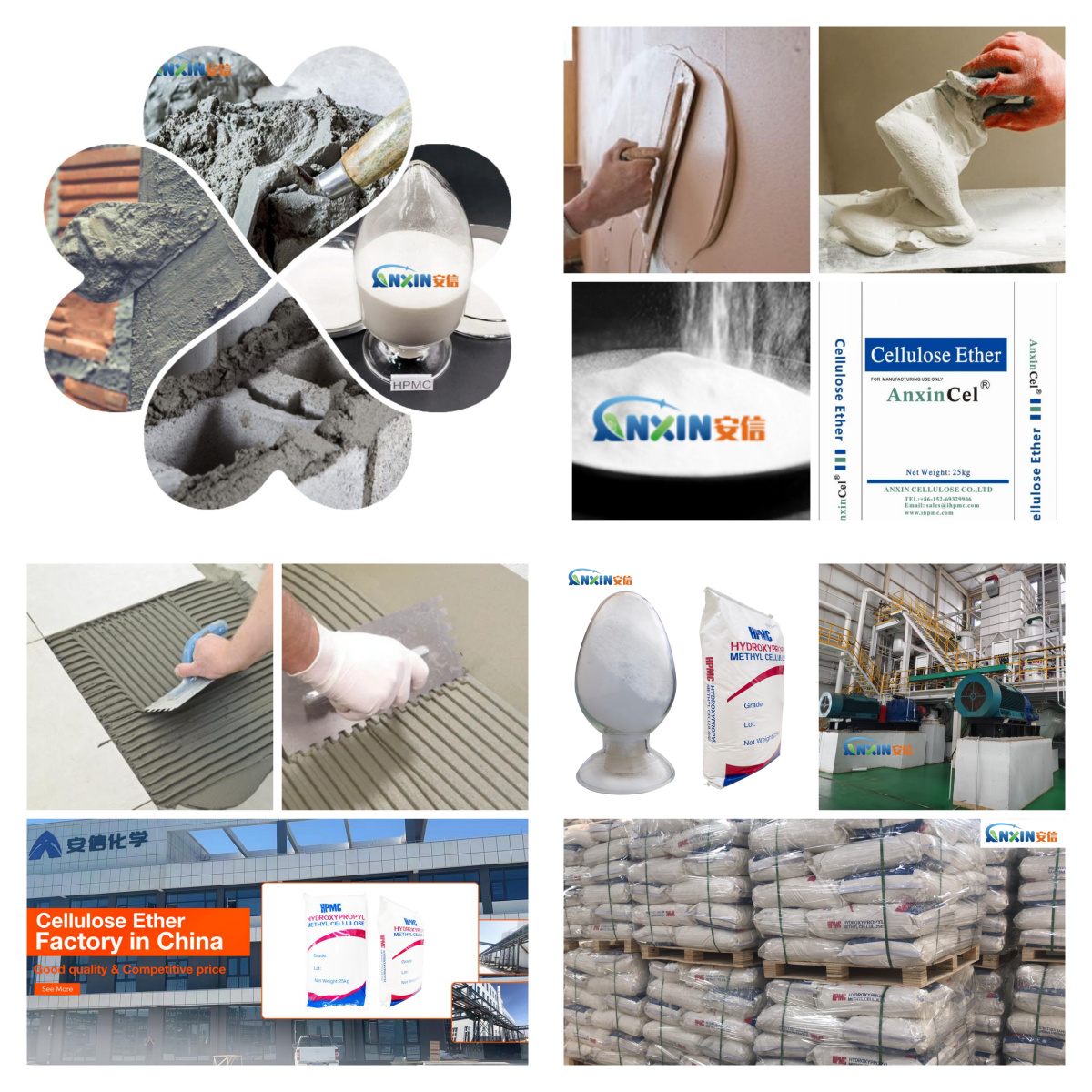Hydroxypropyl methylcellulose (HPMC) is a non-ionic cellulose ether. It is widely used in the field of building materials due to its good water solubility, thickening, water retention and bonding properties, especially in tile adhesives and cement mortar. HPMC not only improves the construction performance of the material, but also enhances its mechanical properties and durability. It is an indispensable polymer additive in modern dry-mixed mortar.
1. Application of HPMC in tile adhesives
Tile adhesive is a modified cement-based material specially used for laying tiles and stones. The application of HPMC is mainly reflected in the following aspects:
1.1. Improve construction performance
HPMC can effectively improve the lubricity and operability time of tile adhesives, making it easier to scrape and apply the material evenly, and improving construction efficiency. Especially in hot and dry environments, HPMC with strong water retention can delay water evaporation and avoid excessive drying resulting in weak bonding.
1.2. Enhanced water retention
High-quality HPMC has excellent water retention capacity, which allows cement to be fully hydrated and improves the bonding strength of the adhesive. At the same time, water retention can also reduce quality problems such as hollowing and falling off.
1.3. Improved anti-slip performance
When laying tiles vertically, HPMC can effectively reduce the sliding of tiles by adjusting the material consistency and thixotropy, improving operational safety and laying quality.
1.4. Improved open time and adjustment time
HPMC can extend the open time (i.e. the time to lay tiles after application) and adjustment time (the time to readjust the position of tiles) of tile adhesive, improving the flexibility and fault tolerance of construction.
2. Application of HPMC in cement mortar
Cement mortar is widely used in construction links such as masonry, plastering and flooring. After adding HPMC, the performance of cement mortar has been significantly improved:
2.1. Significantly enhanced water retention
In traditional cement mortar, water easily penetrates into the base or evaporates prematurely, causing the mortar to dry and crack and poor adhesion. HPMC can lock in moisture, ensuring that the mortar has sufficient moisture for hydration reaction before hardening, thereby improving its final strength.
2.2. Improve workability and workability
HPMC improves the lubricity and consistency of the mortar, making it easier to spread and smooth, less likely to stratify or segregate, and improving the feel and quality of construction.
2.3. Improve crack resistance
Since HPMC improves water retention, cement hydration is more complete, and crack problems caused by shrinkage are significantly reduced, which helps to improve the overall durability and stability of the mortar layer.
2.4. Extend the construction time
In high temperature or air-dried environments, ordinary mortar is very easy to lose water and harden. HPMC can significantly extend the operable time and improve construction efficiency, especially for large-scale operations.
3. HPMC addition amount and usage precautions
The recommended addition amount of HPMC is generally 0.1%~0.5% of the cement mass, but it should be flexibly adjusted according to the product formula and construction requirements. Adding too much may cause the mortar to become sticky and reduce fluidity; too little will not fully play the role of water retention and thickening.
When choosing HPMC, the following parameters should be considered:
Viscosity: The higher the viscosity, the stronger the water retention and the better the construction performance, but it may affect fluidity;
Particle size and solubility: It is recommended to use instant products to facilitate the uniform dispersion of dry-mixed mortar;
Ash content and purity: High-quality HPMC should have low ash content and high purity to reduce the impact on cement hydration.
As a high-performance polymer additive, HPMC has become a key ingredient in the formulation of tile adhesives and cement mortar. It provides strong support for the functional optimization of modern building materials by improving water retention, improving construction performance, and enhancing adhesion. With the development trend of green buildings and industrialized construction in the future, the application prospects of HPMC will be broader. Selecting the right type and amount of HPMC is the key to improving the performance of tile adhesives and cement mortar products.
Post time: Jul-19-2025

